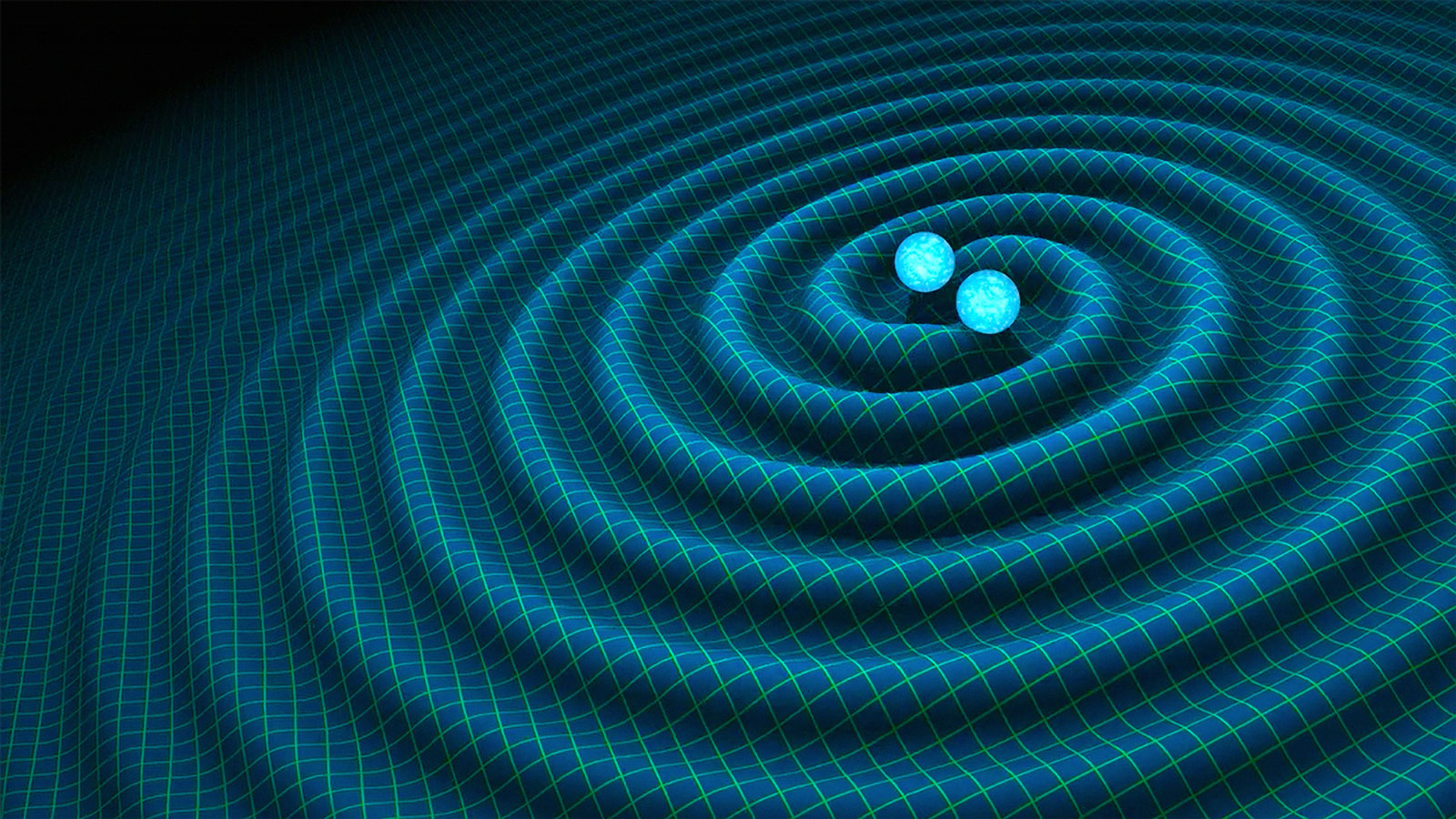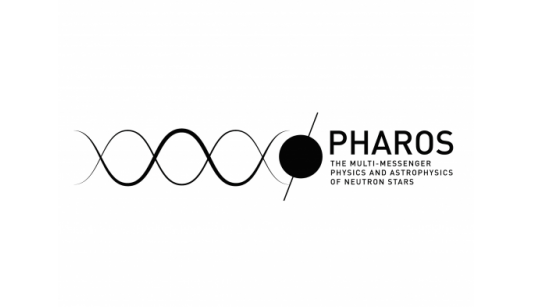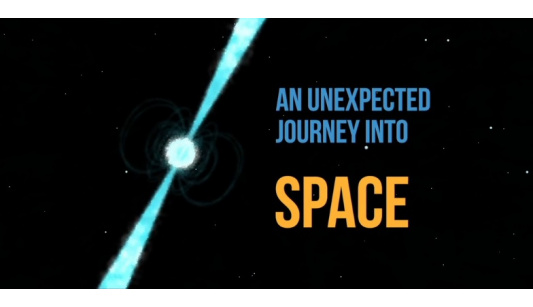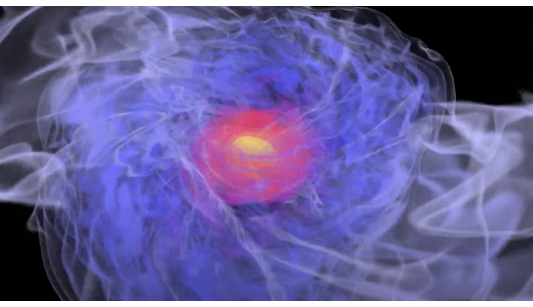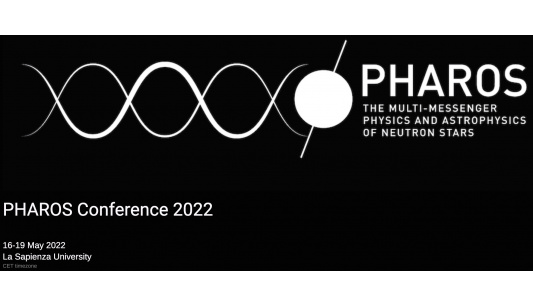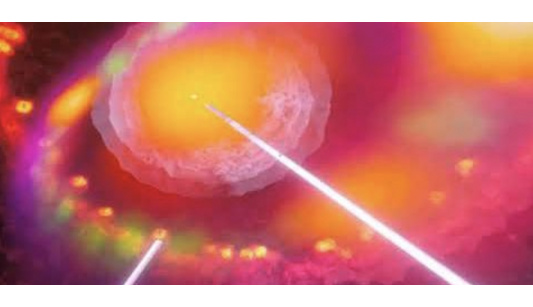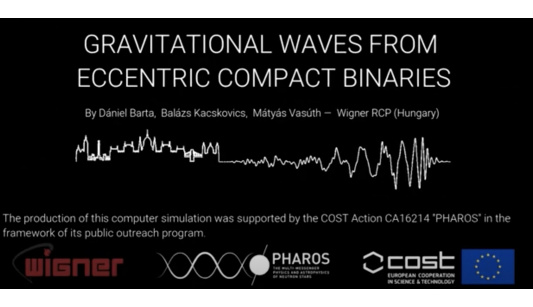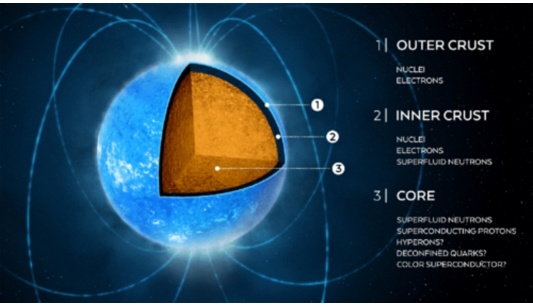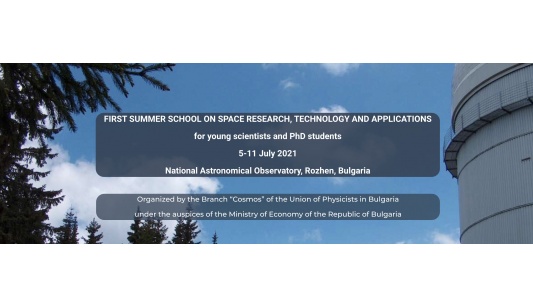PHAROS: The multi-messenger physics and astrophysics of neutron stars
The recent discovery of gravitational waves will allow in the following years an unprecedented view of previously invisible parts of the Universe. This will unravel the physics of the most compact stars, the neutron stars, which are unique objects whose emission encompasses all the available multi-messenger tracers: electromagnetic waves, cosmic rays, neutrinos, and gravitational waves. These relativistic stars are also unique laboratories where not only the most extreme gravity and electromagnetism can be probed, but also the strong and weak interaction can be studied in regimes that have no hope of being explored on Earth. The study of these objects transcends the traditional astrophysical approach and requires a multidisciplinary effort that spans from particle and nuclear physics to astrophysics, from experiment to theory, from gravitational waves to the electromagnetic spectrum. The COST Action PHAROS (CA16214) has the ambitious goal of attacking key challenges in the physics involved in neutron stars by facing them via an innovative, problem based approach, focussing on current, and new, data and experiments, and that hinges on interdisciplinary Working Groups. Each group will have all the diversified expertise that is needed to tackle different aspects of the data and physics of neutron stars, and will deliver to the different communities several tools and deliverables prepared in a shared language. Furthermore, a key priority of this Action is promoting via training, mobility, gender and outreach activities, enthusiastic students and young researchers that will grow and spread the Action’s innovative multi-disciplinary approach.


